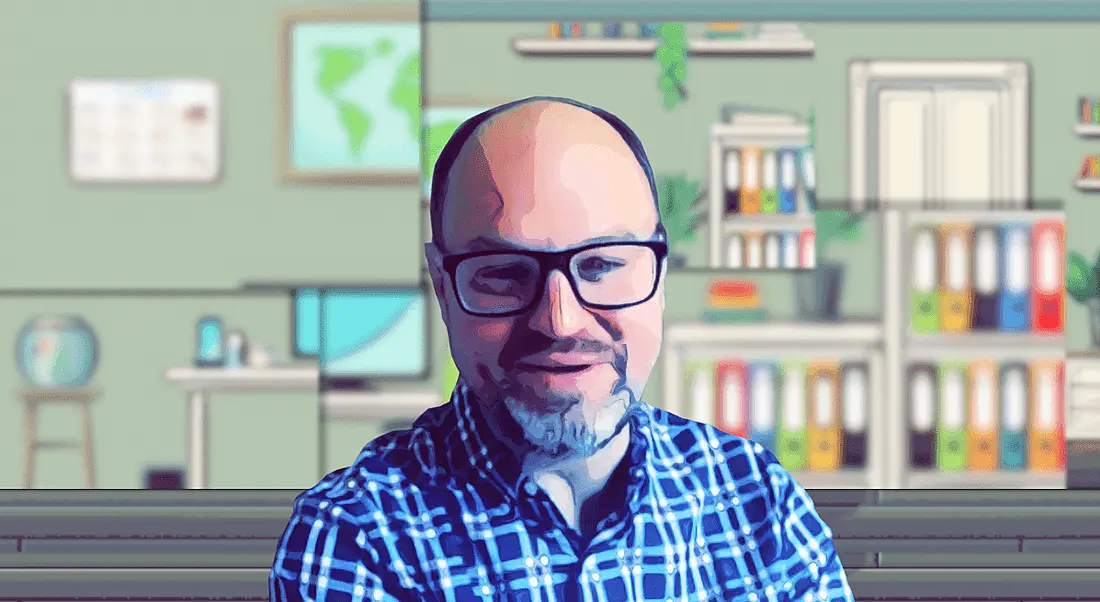Looking beyond the Covid-19 lockdown, Hays director James Milligan discusses how this great adaptation could change our perspective on work entirely.
I was eager to speak to Hays director James Milligan about the current state of how we work and how the measures taken now to limit the spread of Covid-19 might impact the future of work. Scheduling time to chat meant working around Milligan’s schedule, but also the weekday routine of his children. We spoke around lunchtime, when the youngest was having his nap.
As a multinational business with remote working options already available to employees, Hays was one of those with the necessary capabilities in place ahead of the pandemic. But still, no business – even those organisations with remote working and flexibility already baked in – was prepared for the Covid-19 situation.
“Although some people within our team have worked remotely before at different times, to have the entire workforce working remotely is really, really unusual,” said Milligan, who leads Hays IT for Ireland, the UK and the EMEA region.
With his border-crossing role, he’s used to linking up with team members on video calls and working around varying time zones. But he’s not used to doing all of that with three children running around in the background.
His wife is also working full-time from home in a pressurised role. While she is busy with calls in the morning, he focuses on work where he needs to take in and consume information, before delving into the virtual face-to-face type of work in the afternoons. Both are trying to manage this work around a life that includes “keeping a seven-year-old, a five-year-old and a two-year-old entertained”.
It sounds full-on, with work taking up space in the home where the kids are also doing school work, taking up Scratch programming, learning with the RTÉ Home School Hub, enjoying solitary entertainment time on their tablets and expending their pent-up energy with at-home fitness videos.
“Routine is important,” he said. “We’ve been doing [Joe Wicks’] exercise classes at nine o’clock in the morning and we’ve enjoyed that.”
Family milestones continue too, with Milligan proudly telling us how his middle child is now cycling without stabilisers.
Work-life blending
Up to now, work-life balance advice has centred on drawing definitive lines between the two worlds, but that’s currently an impossible task for many. It seems the best way to manage is to find fluidity and break up the work day as needed.
“I’ve been speaking to friends and family and everybody’s working long hours and people are generally starting any time from seven o’clock in the morning and working to eleven o’clock at night. But they’re not working constantly. They’re probably doing seven or eight hours’ work with windows of keeping everybody else occupied in between, and making sure that they get the balance of work, fun and exercise right,” said Milligan.
“I’m not saying it’s not stressful – it can be very, very stressful at times. But there have been fun moments and when you look at it and you’re objective, you’re just very grateful to be in a situation where we’re just having to take these measures and not having to deal with some of the issues that other people have.”
‘We’re going to come out the other side of this with a completely different perspective on what work is like and how work can be done’
– JAMES MILLIGAN
As a team leader, Milligan is mindful of the various problems that could befall people during this unsettled period.
“Some people are having to care for people who are unwell. Some people are sharing parenting responsibilities. And you have to work your schedule around that,” he said. “If you’re managing a large team with lots of different people at different levels doing different roles, you find yourself needing to offer different kinds of support to what you normally do in the office.”
To manage, he advised that leaders try to understand these scenarios and also to understand the most appropriate form of communication. Like many of those managing teams through this crisis, he has instituted daily calls with his direct reports and regular connections with senior leadership, but is conscious that these check-ins shouldn’t become overbearing.
Never be the same again
Milligan suggested that the impact of this global event on the future of work could be as profound as the Second World War, which, out of necessity, broke down barriers for women in the workforce. “The reality is that business is not going to be the same again,” he said.
“Some people have been pushing for this for a long time – maybe their organisations haven’t culturally, or from an infrastructure point of view, been able to facilitate this – and they see this as a massive opportunity to prove that you can remain productive working from home.”
For these people, the silver lining at the end of this unplanned experiment will give them the evidence they need to ask for flexible remote working allowances to continue.
“We’re going to come out the other side of this with a completely different perspective on what work is like and how work can be done,” Milligan added. “Yes, it’s going to present new challenges to employers. But I think employers will be more open than they’ve ever been to responding to those challenges, especially when they’ve seen how effective remote working can be.”
In the end, though, it will all come back to balance, as few people will demand to work from home 100pc of the time. Indeed, some of us can’t wait to get back into routines that involve human interaction. But a light has been shone on the possibilities that can be unlocked by work that is flexible in terms of time and space.
Maybe we can accommodate parents and carers in a better way in future. Maybe we can afford those with long commutes the option to clock in some productive hours en route. Maybe a potential employee doesn’t have to live in the same city, or even country, as their employer. Maybe the many ways we can find to work effectively are limitless.
These changes have already taken shape in some businesses, but there is scope now to see these trends take hold elsewhere. “I definitely think we are at a tipping point here, and I definitely think most employers will offer some degree of flexibility when we return to a normal working environment,” said Milligan.
“And in industries beyond just technology, where it’s quite well established at the moment. It will be in other professional services sectors as well. I think it’s going to permeate and the whole world’s going to see a bit of a shift.”




